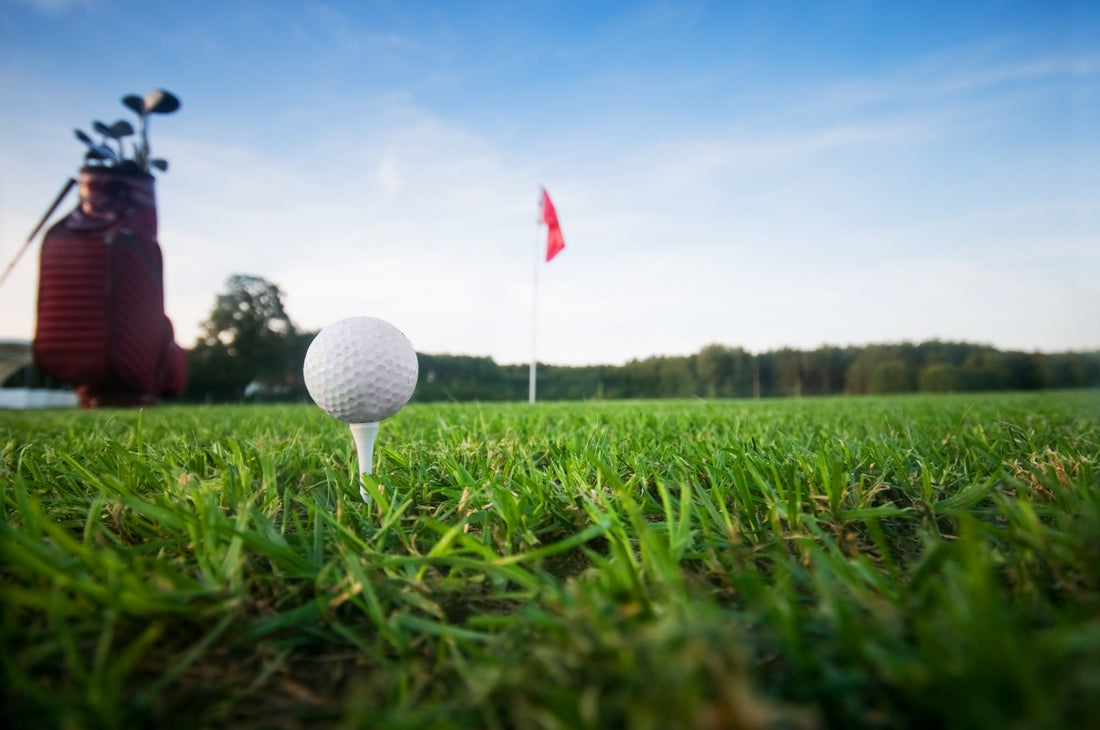
The Hidden Physics of Clubface Control

By Chapin William
Most golfers think they “missed their swing.”
But in truth, they missed their impact physics.
Every great ball striker — from Rory to Nelly — masters one invisible skill above all else: controlling the clubface at impact.
It’s not about raw power or a textbook-perfect takeaway. It’s about understanding the subtle physics that decide where the ball starts, curves, and lands.
Let’s break down what’s really happening in the milliseconds that define your entire shot.
1. The Clubface Controls 85% of Your Ball Flight
Here’s a truth that surprises many mid-handicap players:
At impact, the clubface angle (not your swing path) determines roughly 85% of your ball’s starting direction.
Think of it this way:
-
Face pointing right of target = ball starts right.
-
Face pointing left = ball starts left.
-
Even a 2° difference in face angle can send your shot 10+ yards off line at 150 yards out.
Physics Tip:
👉 The ball doesn’t know your intention — it only reacts to the direction the face is pointing at impact.
Reset Practice:
Use alignment sticks. Hit five shots focusing solely on your clubface awareness, not your swing. Ask yourself after each: “Where was my face pointing?”
2. The “Path + Face” Relationship = Shot Shape
The second key is how your swing path interacts with your clubface.
These two create what’s called spin axis tilt, which is the invisible angle that decides your curve — fade or draw.
| Path Direction | Clubface Relation | Shot Type |
|---|---|---|
| Path left, face open | Slice / Fade | |
| Path right, face closed | Hook / Draw | |
| Path and face aligned | Straight shot |
When your face is open to the path, the ball spins clockwise (fade).
When it’s closed to the path, it spins counterclockwise (draw).
Pro-Level Insight:
It’s not about closing the face harder. It’s about matching your face to your path.
3. The Millisecond of Truth — Impact Physics
Impact lasts less than 0.0005 seconds.
During that time, three physical forces dominate your shot:
-
Face Angle: Sets starting line
-
Path Direction: Adds curvature
-
Dynamic Loft: Dictates launch and spin
Tiny face changes — sometimes as little as 1° open or closed — can change spin rate by hundreds of RPMs. That’s why your 8-iron suddenly balloons or dives, even when your swing “felt perfect.”
Physics Visualization:
Imagine the ball “rolling up” the clubface for an instant.
The direction and tilt of that surface determine the axis of the spin.
That’s why pros obsess over face control — it’s their spin steering wheel.
4. The Role of Grip Pressure & Timing
Many amateurs lose face control not in the swing, but in their hands.
If your grip pressure fluctuates — especially near impact — your wrists overreact, twisting the face open or shut.
Physics Tip:
The less tension in your forearms, the more consistent your face angle.
Tension adds torque — torque adds randomness.
Try this:
-
Make five half-swings with ultra-light grip pressure.
-
Notice how your contact becomes cleaner and more centered.
You’re not swinging slower — you’re letting physics stabilize the clubface naturally.
5. Angular Velocity & Face Closure
The clubhead doesn’t travel in a straight line — it rotates around your body.
This creates angular velocity, meaning the face is constantly closing as it approaches impact.
A well-sequenced swing allows that closure to happen automatically, through momentum — not muscle.
But if your timing’s off, you’ll release too early (hook) or too late (block).
Elite Drill:
Try hitting shots with your lead hand only.
You’ll quickly feel how timing and rhythm — not force — control the face.
6. How to Train Clubface Awareness
Want pro-level control?
You must feel your face position in three key checkpoints:
-
Halfway Back – Face parallel to spine angle.
-
Impact – Face square to target.
-
Follow Through – Face rotated naturally with body, not hands.
Film slow-motion swings.
Then compare your clubface at these checkpoints — not your overall shape or finish.
Small, precise adjustments here build repeatable, predictable ball flights.







